Post Performance Report: Brands from regulated industries making social media less spooky
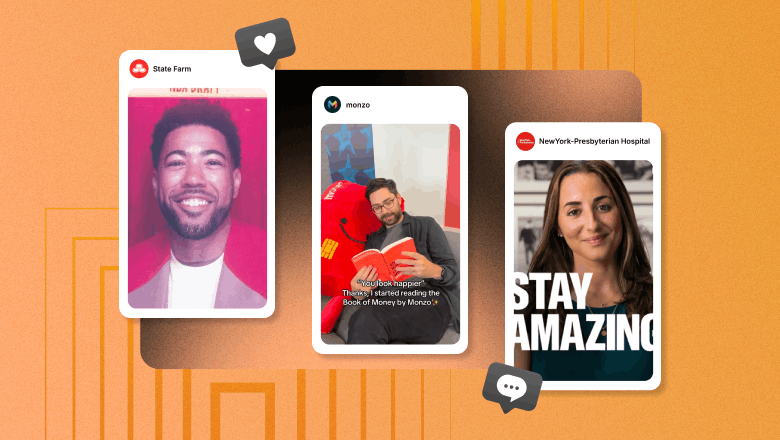
We’re back with another installment of the Post Performance Report (PPR)—a series where we compile and analyze social media posts and campaigns inspiring us, and break down what makes them so genius. We don’t just examine the flawless creative execution of every post or campaign, but the brand impact, too.
For brands in regulated industries, there’s nothing that scares leaders like the threat of a social media crisis. On social, misinformation spreads fast, protected data is at risk and regulatory peril lurks around every corner. Yet, the most heart-racing risk of all is not being present on social.
Despite legal red tape and executive apprehension, these brands in regulated industries are leading the way on social—redefining the channel for their sectors. Institutions of all kinds should take note.
Monzo Bank: Where personal finance is less frightful
Monzo Bank does things differently. The challenger bank is disruptive by nature, and uses social to make financial education less boring and scary. Considering 61% of consumers anticipate using social media to research financial advice in the next 6-12 months per the Q3 2025 Sprout Pulse Survey, that’s exactly where they should be. The social team’s relatable, relevant and often irreverent tone proves that the limitations financial services face actually create the greatest opportunities for creativity on social.
Richard Cook, Social Media Lead at Monzo, put it like this: “There are many specific laws (and punishable criminal offenses) marketers at financial services brands must consider…At Monzo, we see this as a tremendous opportunity. Our content isn’t product-driven, it’s inspired by feelings and conversations about money everyday people have. Lifestyle-inspired posts aren’t regulated in the same way as financial advice, and we have full license to have fun.”
Take the brand’s recent campaign around the launch of their annual “Book of Money”— a jargon-free, no-judgement personal finance guide for people who’d never normally read one. The brand promoted the launch of the book by putting their own spin on recent trends and teaming up with influencers.
Monzo is also revered for their disruptive LinkedIn presence. On the network, the bank leans into relatable office moments and doles out satirical advice.
The brand currently boasts over 1 million followers across platforms thanks in large part to their engagement model that prioritizes building community rather than blasting out company updates. There’s no doubt that Monzo’s leading presence is helping them soar to the top of the competitive market and become one of the most successful fintech companies in the UK.
The play: For brands trying to make a name for themselves in regulated industries, you must do things differently than your competitors—while still being true to your brand. For Monzo, that means taking a disruptive, audience-oriented approach to talking about money and personal finance.
Ask yourself: What’s the unique gap that our brand fills? How can we bring that to social in a way that feels relatable and human?
Northeast Ohio Regional Sewer District: Transforming infrastructure into online culture (with no tricks, just treats)
Imagine explaining the sentence, “The Northeast Ohio Regional Sewer District has great memes,” in 1972 when the district was founded.
While wastewater treatment and stormwater management have been an essential part of public health for decades, these services are still underrepresented and misunderstood on social media. Enter: The NE Ohio Regional Sewer District.
As owners and operators of treatment plans in Ohio, the district shares regular sewer updates with their social followers (i.e., business as usual posts). But they also take a truly social-first approach to other content, which includes sharing Great Lakes memes, Cleveland Guardian recaps and AMAs with their onsite crews.
While some companies in this sector might question the purpose of tapping into online culture, the NE Ohio Regional Sewer District understands that social goes hand-in-hand with reaching their constituents. Like the sewer district cheekily says on their X account, “Sewers are the original social network.”
Building rapport with audiences online makes it easier for the sewer district to deliver critical information in compliance with community right-to-know laws. And if they ever have to deliver real-time alerts for issues like sewage overflows or potential contamination, they’ve already earned their audience’s attention and trust.
The play: It can be a challenge to correlate internet silliness with building your brand’s reputation online. Yet that’s exactly what the NE Ohio Regional Sewer District has done. Take a cue from their playbook by weaving together critical updates with pop culture commentary, shareworthy memes and chances to interact with frontline employees.
NewYork-Presbyterian Hospital: Teaming up to empower real-life superheroes
As hospital systems, healthcare providers and others in the medical field know, HIPAA compliance is non-negotiable—especially online. NewYork-Presbyterian Hospital avoids the danger zone by featuring collaborations with local organizations, like the School of American Ballet and the New York Mets, in their social content.
When they do tell patient stories, the hospital system uses a documentary-style approach and first-person patient interviews to shape their narrative. The stories are told with intentionality, empathy and respect for the patient—focusing on the human, not the disease or condition. Their content showcases the life-saving relationships between patients and their providers.
NewYork-Presbyterian also uses social to unveil some of their latest technologies, innovations and facilities. Some videos even feature footage from real surgeries where doctors perform medical milestones, like this video from a domino split-liver transplant that required coordination across teams.
The hospital system’s efforts on social complement the high caliber experience delivered by their staff and help cement their award-winning reputation. Recently named to the U.S. News list of the top 20 hospitals in the country, NewYork-Presbyterian stands out for its commitment to patient care.
The play: Laws that protect patient privacy must be followed to the letter. But that doesn’t mean healthcare organizations need to shy away from telling human-centric, patient-first stories. Like NewYork-Presbyterian, you can find inventive ways to feature the stories of real-life superheroes—like patients battling disease and healthcare workers who devote their lives to serving others.
Jake from State Farm: Turning khakis into a costume
“Uh…khakis.” This line from the original 2011 commercial cemented Jake from State Farm as a cultural icon. While the first Jake was an actual State Farm employee who stepped in for the commercial, the role was recast by professional actor Kevin Miles in 2020.
Since then, Jake from State Farm has become an online figure all his own, complete with his own social media accounts.
As insurance brands know, FTC guidelines and other regulations govern how they can talk about different products and services. Plus, many of their offerings might seem intangible or difficult to grasp, or represent life events consumers would rather not think about.
By introducing Jake from State Farm as a mascot, the insurance company humanized their brand, made it more memorable and earned positive sentiment. Bringing him to social took it a step further by injecting cultural relevancy. Like when Jake showed up at an NBA event and the sidelines of an Arizona Cardinals game, or when he met Cole Walliser (the guy who makes those incredible celeb glambot videos from the red carpet).
State Farm’s investment in Jake (and his online persona) helps the company engage younger audiences. By showing up where Millennials and Gen Z consumers spend time, State Farm is making long-term investments in brand recognition and customer loyalty.
The play: For legacy brands, it’s imperative to reach younger consumers who will one day age into being your customers, and adapting for younger audiences requires investing in social. Like State Farm, you need to listen to what target generations care about, identify relevant partners and experiment with social-first storytelling. It doesn’t mean starting from scratch—instead, lean into the cultural touchstones that set your brand apart and adapt them to new channels.
Victoria Police: Tapping into social to build neighborly connection
The Victoria Police Department has over 1 million followers on social media—which equates to one in seven people who live in the Australian state. The department’s social presence is celebrated, not just for their growing follower base, but for their penchant for building relationships with their communities through content.
Whether they share helpful infographics (like this one that explains how to report a non-urgent crime or event online) or public service announcements about domestic violence, the department is one step ahead when it comes to keeping constituents informed.
The department also promotes their own true crime podcast (IYKYK) and taps into online trends, like Instagram’s newly rolled out 5120 x 1080 cinematic Reels.
Other staples in their content mix include posts dedicated to community outreach and remembering fallen officers.
Nationally, trust in police is falling in Australia. In the face of increased scrutiny, the Victoria Police Department is responding by trying to build bridges with the communities they serve—in 2025, that means turning to social.
The play: The Victoria Police Department demonstrates the power of using social to garner trust and improve sentiment with those you serve. Many brands in regulated industries or in the public sector avoid social for fear of making issues worse. But, when done with tact and true understanding of your community, it can become part of the solution.
Novartis: Sharing tell-tale (signs of) heart health innovation
Novartis is an innovative medicines company based in Switzerland. The multinational is behind common pharmaceuticals distributed throughout the world that address everything from allergies to heart disease. It was actually their recent campaign for heart health on LinkedIn that caught our eye, including the content they captured at their FIT stop public event and their video recounting the history of cardiovascular medicine.
The pharmaceutical company also regularly shares informational carousels that provide context for things like their commitment to global health and education about disease treatments.
The play: As anyone who spends time on HealthTok knows, misinformation cascades quickly on social. The wellness movement and health influencers are seeding deep mistrust in conventional medical practices and pharmaceuticals. For pharmaceuticals, transparency and education are key.
Don’t let social media be the boogeyman
That concludes this month’s installment of the PPR. Stay tuned for next month’s edition, where we’ll feature nonprofit organizations with leading end-of-year campaigns. In the meantime, remember these key takeaways:
Post Performance Report Takeaways
- Embrace relatable content: Use your brand’s unique voice to connect with audiences in a human way. Avoid overly formal or product-driven posts and instead focus on lifestyle-oriented, relatable content that aligns with real conversations your audience is having. Even in a regulated space, creativity can thrive when it’s tied to what people care about.
- Leverage online culture wisely: Even seemingly dry industries can engage through cultural relevance. Use memes, pop culture references or light-hearted interactions (when the moment is right) to build rapport with your audience. When trust is built through everyday engagement, it’s easier to communicate critical information when necessary.
- Build trust through transparency: Use your platform to share behind-the-scenes content or even challenges your brand is working to address. Building a real connection through transparency helps deepen trust and strengthens your reputation.
- Invest in long-term strategies: Invest in a social-first storytelling approach that adapts your brand’s cultural touchstones to newer platforms and formats. This builds recognition and loyalty that will pay off as younger consumers become lifelong customers.
For more about how brands in every industry can find actionable audience insights, consult our guide to social listening prompts (with specific examples for regulated sectors).
And if you see a social post or campaign that deserves to be highlighted, tag us @sproutsocial and use #PostPerformanceReport to have your idea included in a future article.

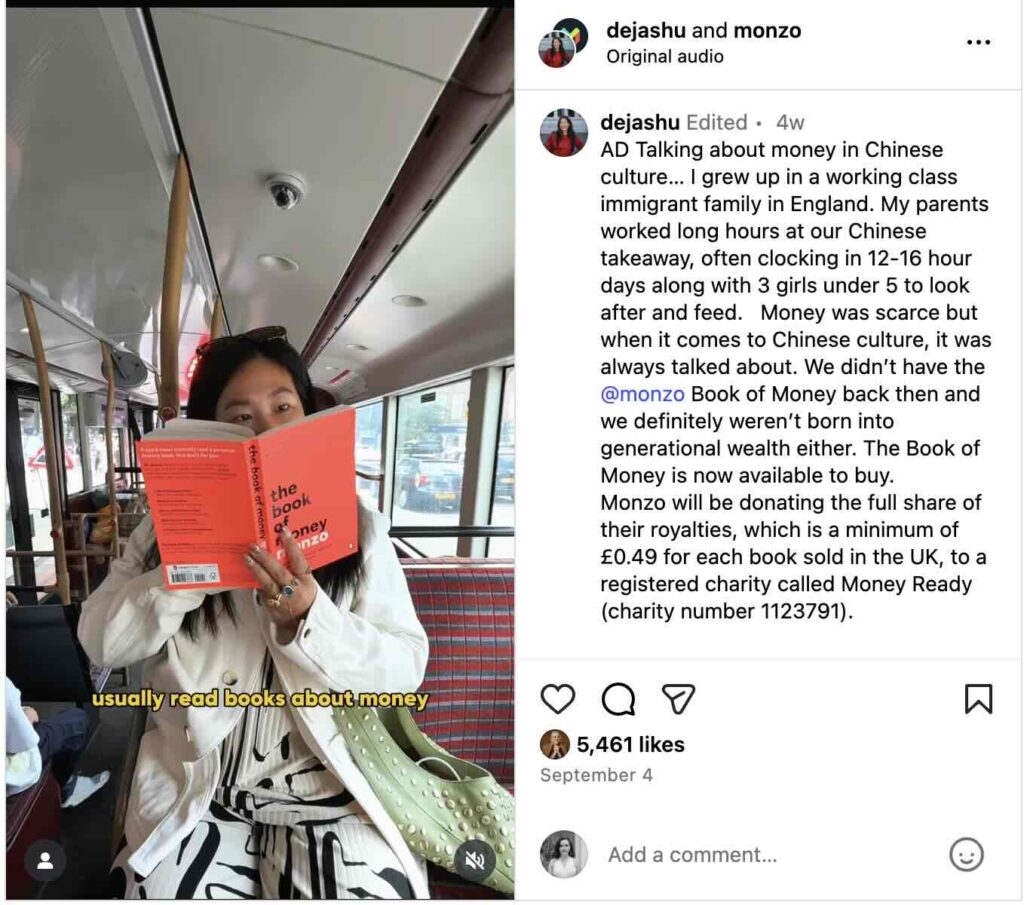
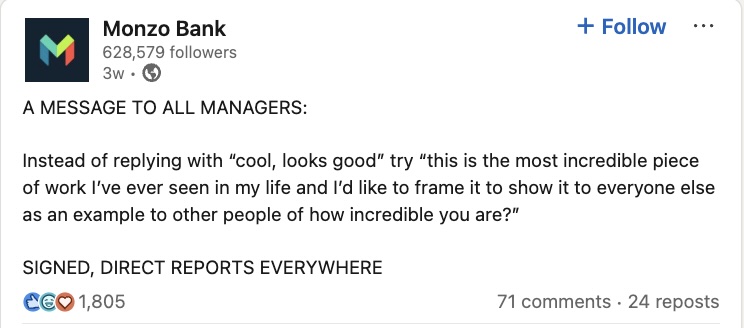
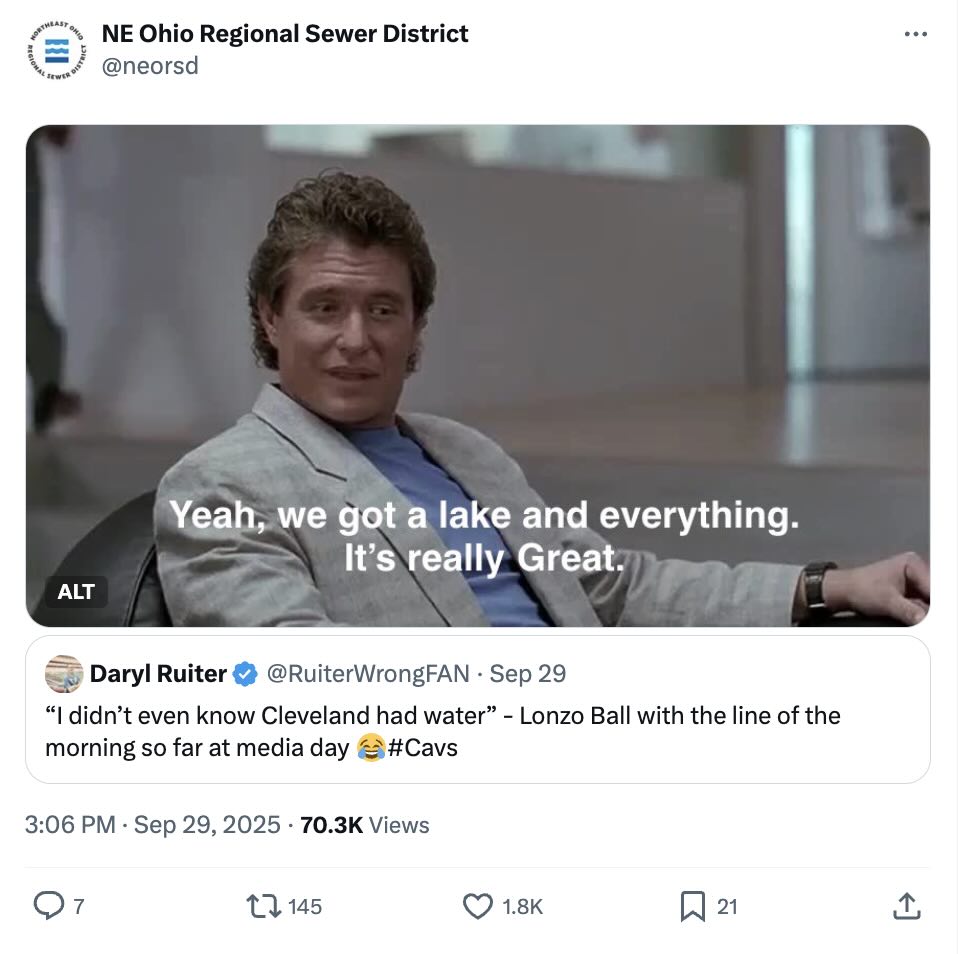
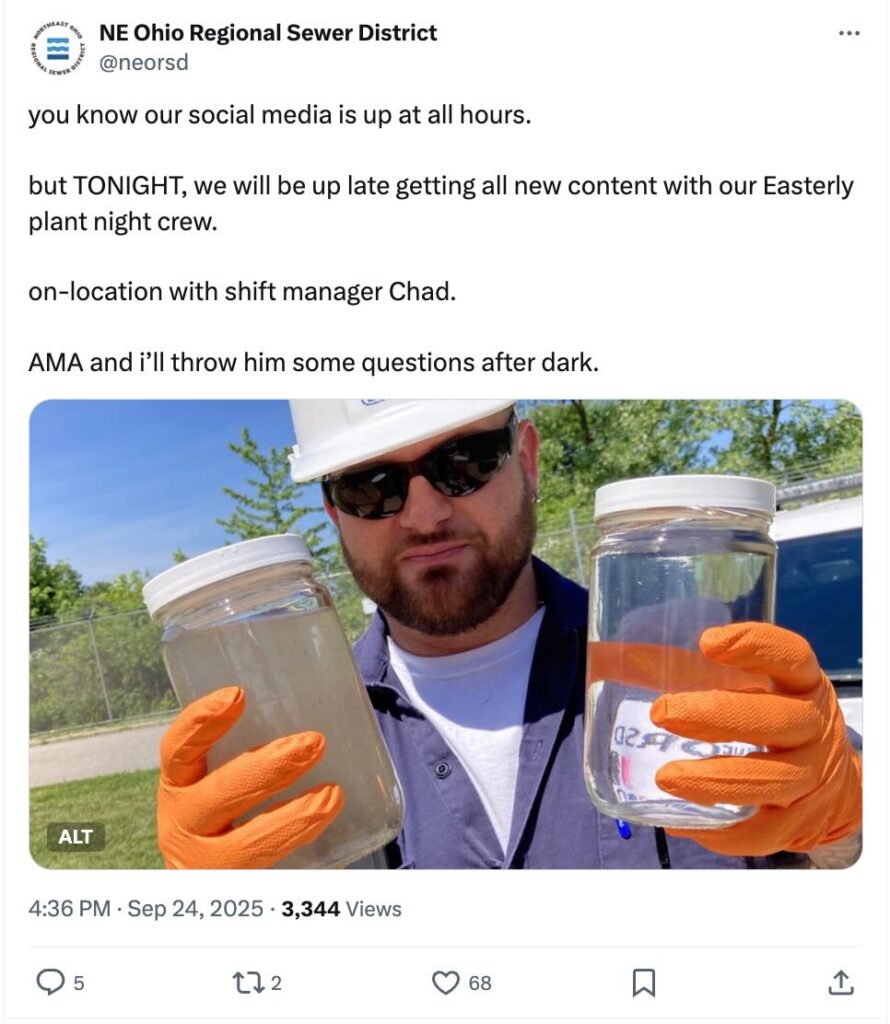
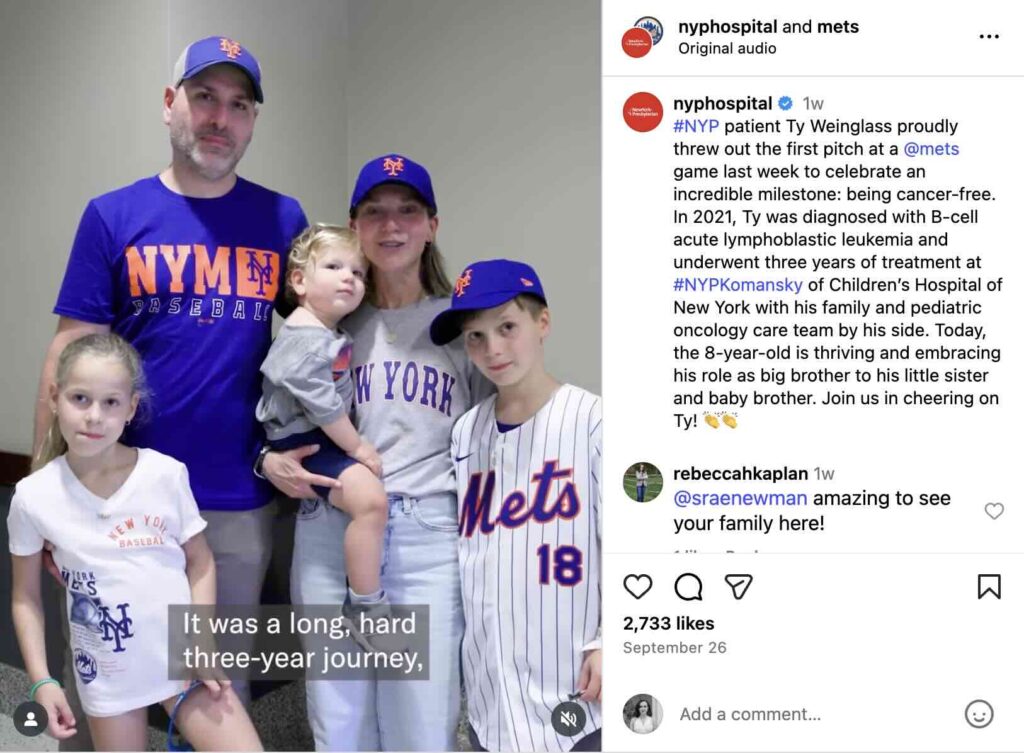
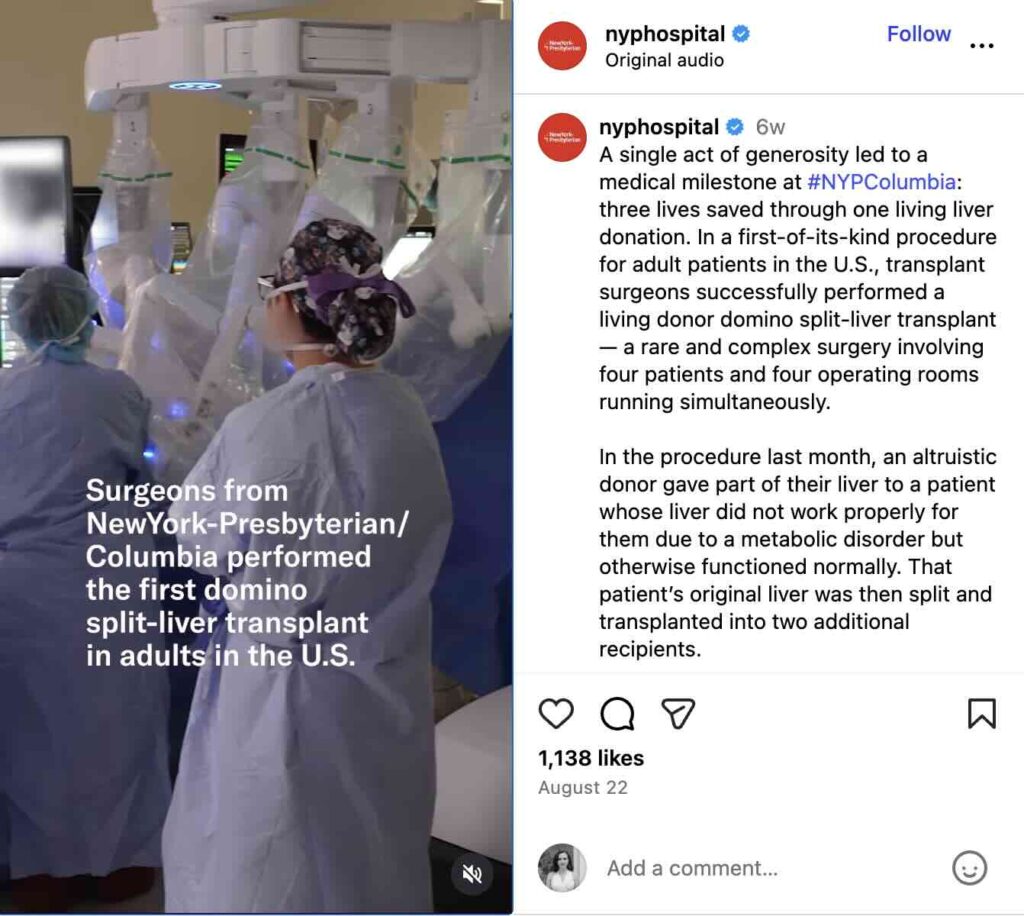
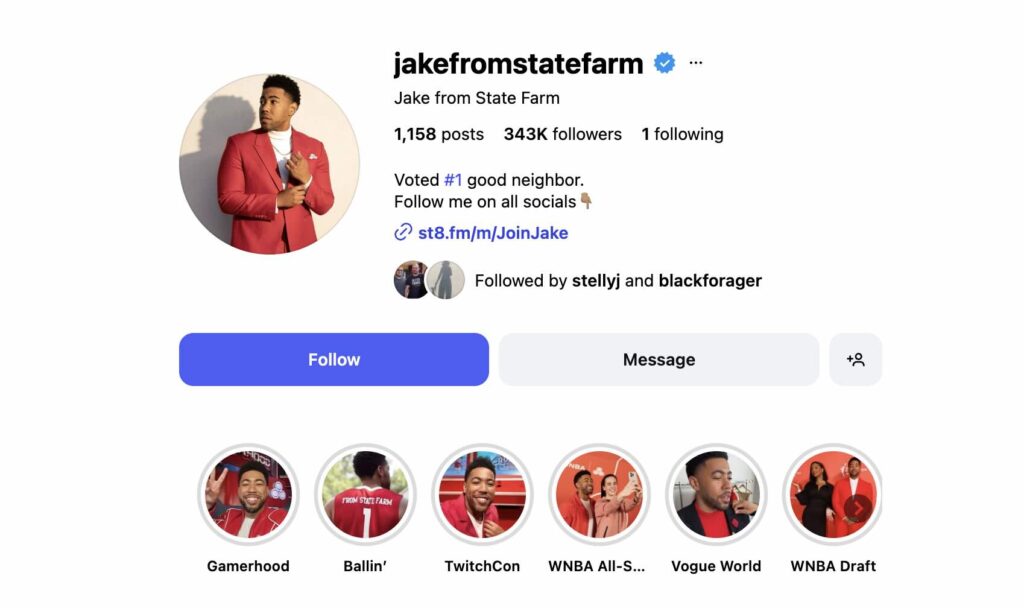
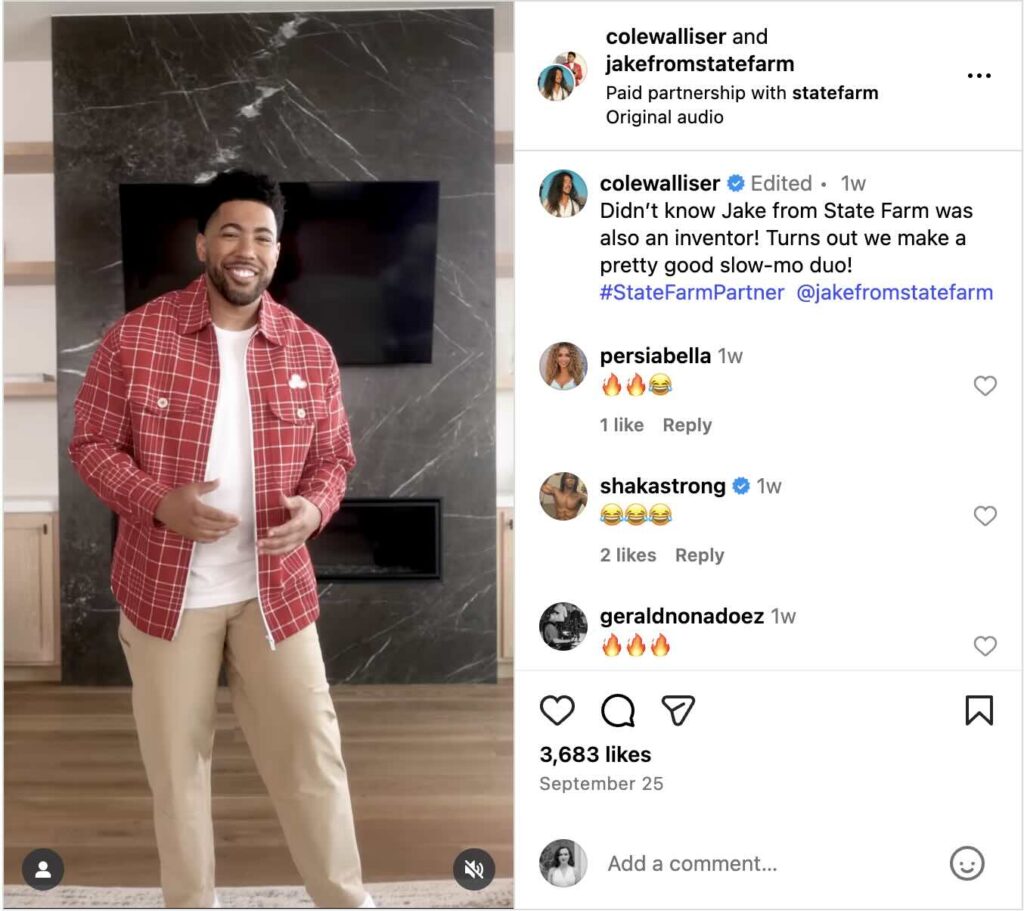
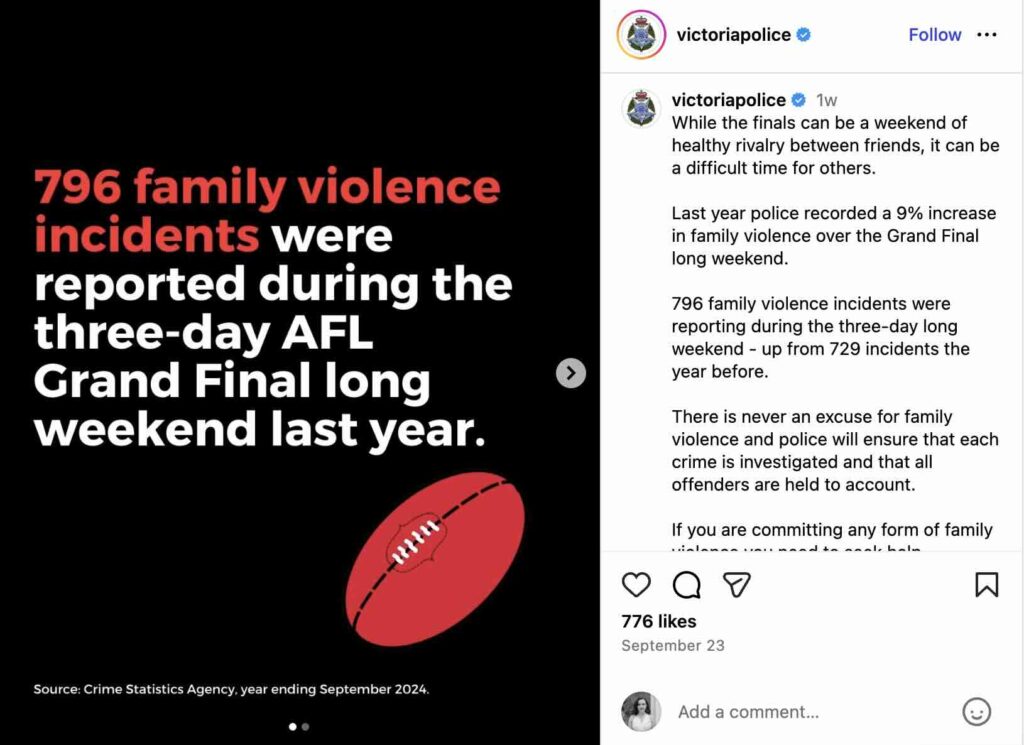
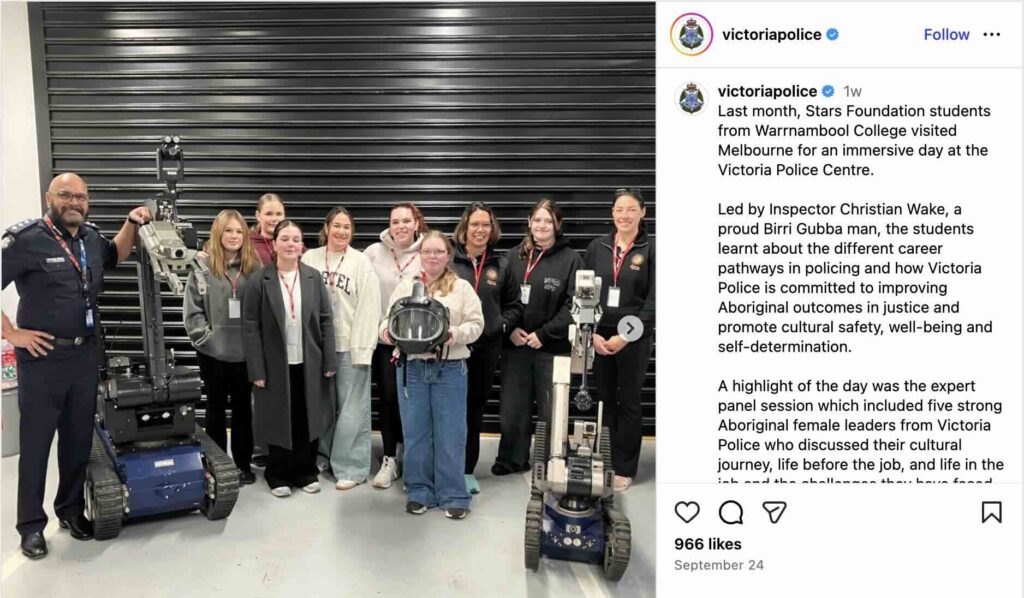
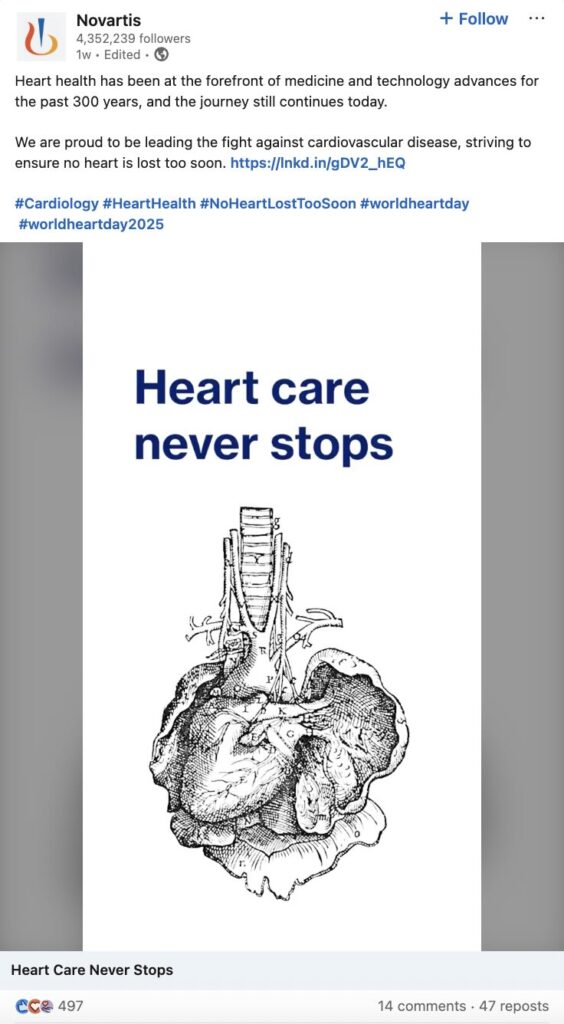


Share